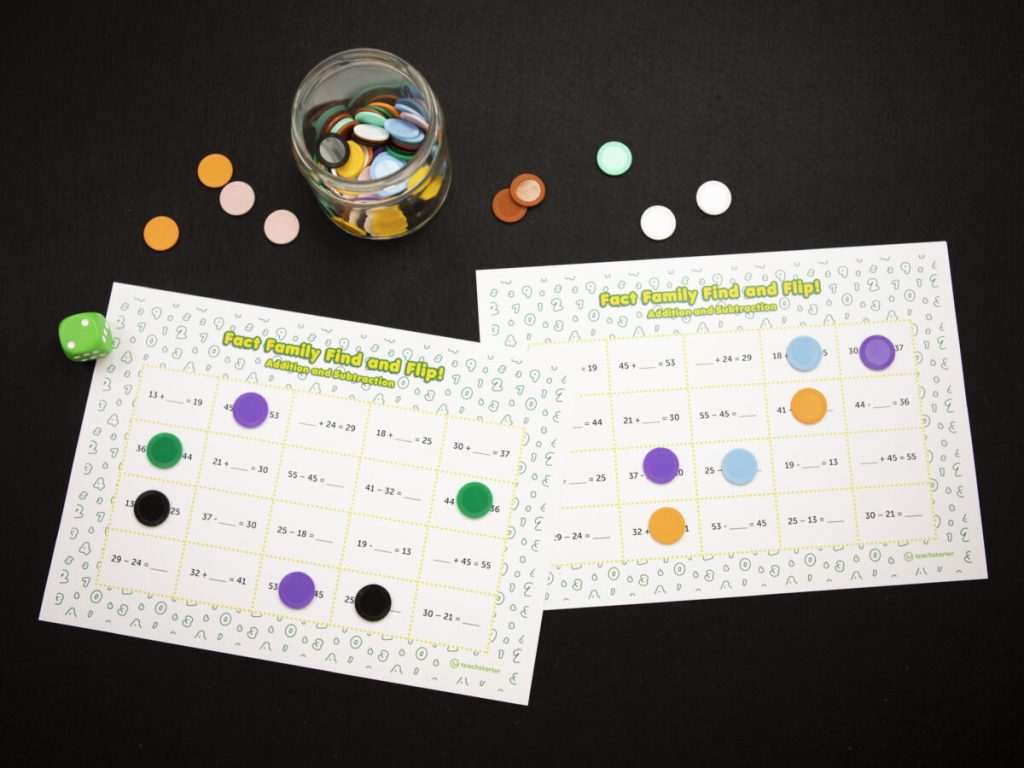In every classroom, especially in early education settings, introducing numbers and basic counting is fundamental to a child’s learning journey. A colorful and interactive classroom number display can be one of the most effective tools for this educational purpose. Let’s explore how this essential visual aid can transform the learning experience for children as they are introduced to the numbers 1-10.
The number display serves not just as a decoration but as an interactive learning tool designed to engage students in a visual and tactile learning process. Each number from 1 to 10 is typically represented in both digit and word form, making it easier for children to understand the concept that each number symbol corresponds with a named quantity. Bright colors and large fonts make them easily visible from anywhere in the classroom, ensuring that all students have an unobstructed view.
But it’s not solely about visibility; these displays often incorporate various themes or characters that children find appealing which helps to capture their attention and interest. This decorative feature ensures that children are drawn to look at the numbers frequently, reinforcing their learning every time they do.
Additionally, educators often use these displays as part of interactive activities. For instance, when teaching the number ‘5,’ they may ask students to clap their hands five times, count five objects in the room, or even hop on one foot five times. By doing actions associated with each number on the display, children can experience counting as an activity rather than just rote memorization. This kinesthetic approach supports diverse learning styles and helps embed numerical concepts more deeply into young learners’ minds.
Moreover, a classroom number display for numbers 1-10 usually has additional elements such as counting dots or pictures that illustrate each number’s quantity. For example, next to the number ‘4’ there might be four apples or four balls. This helps establish a connection between numbers and real-world quantities, which is an essential step in developing numerical understanding.
By combining visual cues, physical activities, and tactile experiences – like touching and pointing at the numbers – educators create a multi-sensory environment conducive to learning basic math concepts. Classroom number displays are much more than just posters on the wall; they are dynamic tools that play a crucial role in laying the foundational blocks of numeracy among young learners.
To conclude, classroom number displays showcasing numbers 1-10 are not only engaging educational accessories but also invaluable aids for teaching early mathematics. They enhance cognitive recognition of basic numbers through repetitive exposure while also facilitating hands-on learning through interaction and play. They set the stage for further mathematical development that children will continue to build upon throughout their educational journey.











